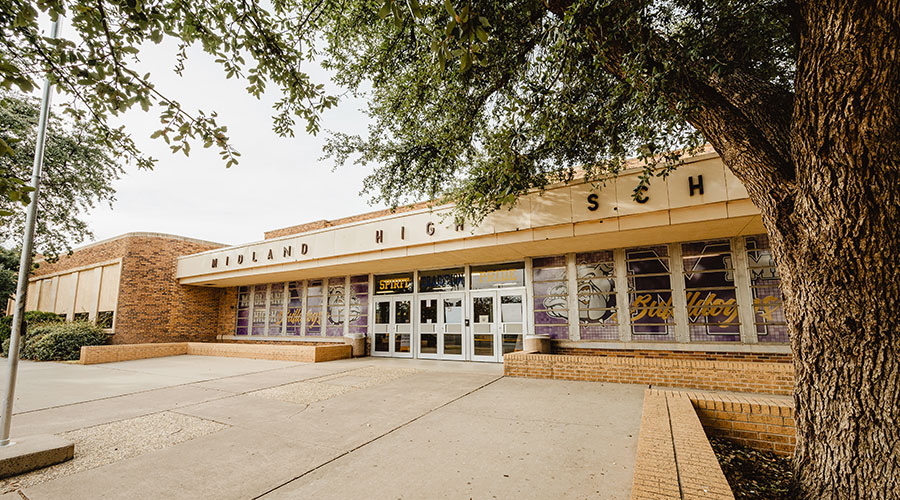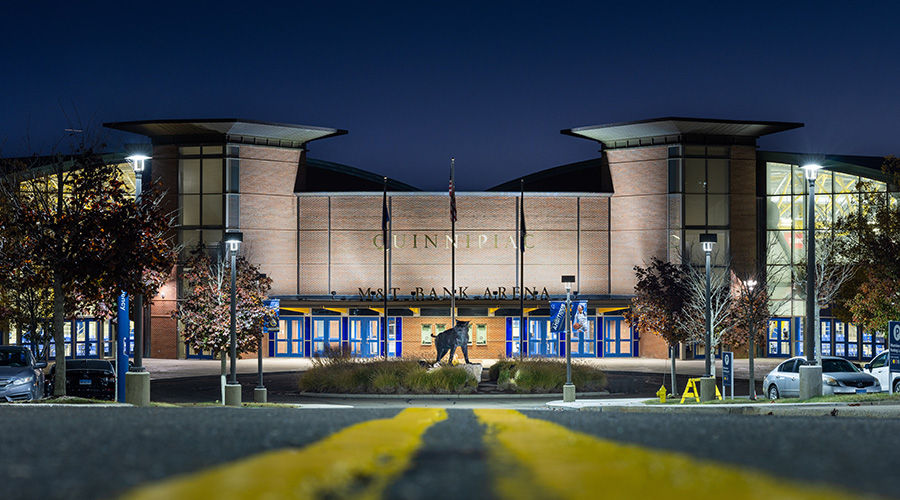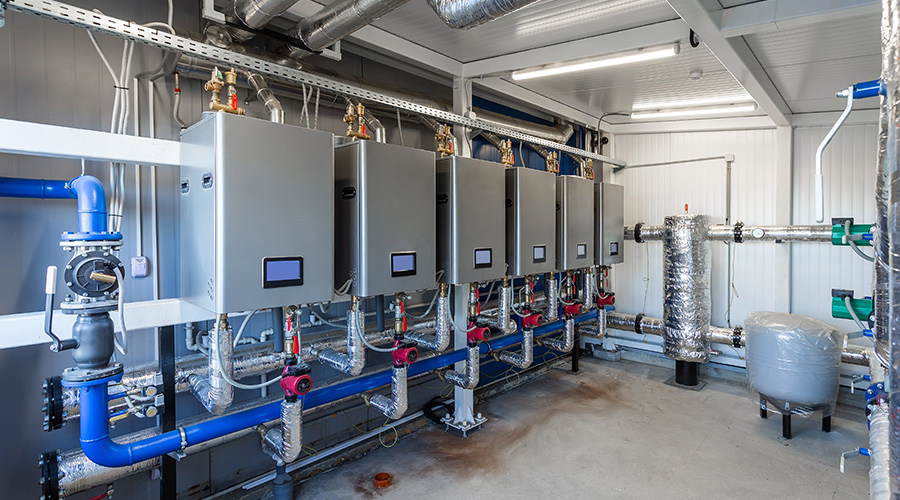Computer Servers can Function as Heat Sources
Servers as heat sources
While many factors ultimately will affect managers' equipment decision on supplemental cooling equipment, none is more important than the sources of heat in the space. As more facilities add computer server rooms and telephone switching equipment to support the organization's mission, managers must be aware of the heat the equipment produces and the resulting impact on cooling.
In the case of servers, managers often start the process of providing additional cooling by calculating the size of the room to cool. While important, it is just the first step.
"Once we know that, we need to determine the Btu load or the heat load in that room so the equipment can keep operating," says Art Behnke of AirPac Inc. "You just can't assume that because it's a small room — 10 by 10 or 20 by 20 — that there are X number of Btus in there.
"Each piece has a tag on it that shows how many watts it uses. If you add up all the wattage of the equipment in the room and multiply it 3.41, it converts the equipment electrical load into Btus. That's the amount of cooling you need to provide to keep the equipment operational."
Then comes the issue of heat density.
"The biggest issue with a server rack is the distribution of the air because the server racks are not completely enclosed but surrounded (and) because the heat production is done within a dense structure of cabinetry, says Garth Tagge with Spot Coolers. "Since the cabinets are lined up next to each other and relatively close to each other, what tends to happen, if you don't get good distribution of air throughout the cabinet, is that the heat builds up, and you need to purge the air from the cabinet to get rid of the heat."
Related Topics:














